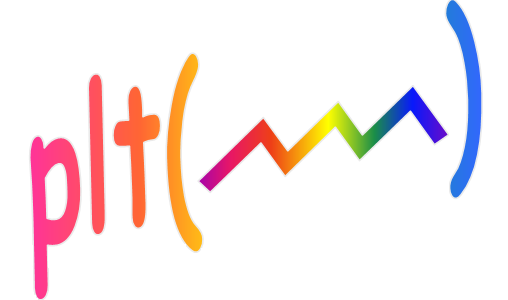

| • | The top three rows of buttons (green) are the programs in the demo folder and are designed primarily to demonstrate particular features of the plt plotting routine. The first program in this list plt5 is the simplest example and demonstrates plt's most basic features. |
| • | The next row of buttons (yellow) are the signal processing applications that are located in the sig folder. |
| • | The remaining buttons (purple) start the programs in the math folder which are designed to illustrate a mathematical or engineering oriented topic. |
